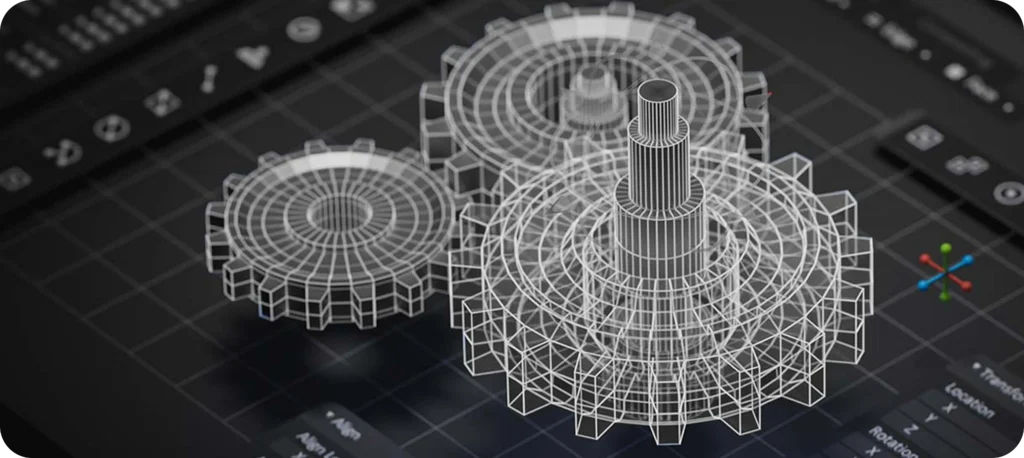
In today’s competitive manufacturing landscape, the demand for high-quality, durable, and cost-efficient products is higher than ever. One of the key methods that enable manufacturers to meet these demands is high-precision injection molding. This technology allows for the mass production of parts with complex geometries, consistent quality, and minimal waste — all at a fraction of the cost compared to traditional manufacturing methods. In this blog, we explore why high-precision injection molding has become essential in modern manufacturing and the industries that rely on it.
High-precision injection molding ensures that every part produced meets exact specifications. By using advanced machinery and automated processes, manufacturers can maintain high dimensional accuracy and tolerance levels across large production runs. This is crucial for industries like automotive, electronics, and pharma, where even the smallest variation can compromise performance and safety.
One of the major advantages of high-precision injection molding is its scalability. Once the mold is created, it can produce thousands or even millions of parts with minimal incremental cost. This makes it ideal for industries that require large-volume production with consistent quality at a competitive price. For instance, manufacturers of consumer goods and automotive components rely on this method to keep production costs low while meeting market demand.
Injection molding isn’t just for simple shapes. Thanks to precision tooling and sophisticated molding techniques, manufacturers can produce complex, intricate designs with ease. This opens up possibilities for creating multi-functional parts and highly detailed components, which would be nearly impossible to achieve with traditional methods. This is especially useful in electronics where parts like connectors, housings, and microswitches require fine details.
Injection molding offers a wide range of material options, from thermoplastics to elastomers, and even biodegradable materials. This flexibility allows manufacturers to choose the best material for the part’s intended use, whether it’s for high-heat resistance, chemical stability, or flexibility. Industries such as pharmaceuticals benefit greatly from using high-precision molding for components like medical devices or packaging that require strict material properties and exact tolerances.
The high-precision capabilities of injection molding also help reduce material waste, making it a sustainable manufacturing method. In traditional manufacturing processes, excess material is often discarded, but injection molding uses the exact amount of material required for each part. Furthermore, excess plastic can be recycled and reused, making it an environmentally friendly choice.
For businesses looking to quickly bring new products to market, rapid prototyping using high-precision injection molding is a game-changer. It allows designers to produce functional prototypes that can be tested in real-world conditions without waiting for lengthy production processes. This enables faster time-to-market and helps companies stay ahead of the competition.
High-precision injection molding is no longer just an option in modern manufacturing; it’s a necessity. The ability to produce complex parts with high accuracy, speed, and low cost makes it indispensable across industries like automotive, electronics, pharma, and consumer goods. As manufacturers continue to demand greater efficiency, higher quality, and sustainability, high-precision injection molding will remain a critical driver of innovation in the global manufacturing landscape.
Quick Links
Contacts
Email : poliformindustries@gmail.com
Address : A2/833/17 Prime Component Lane, Makarpura, GIDC Vadodara 390010
Privacy Policy. Terms & Condition